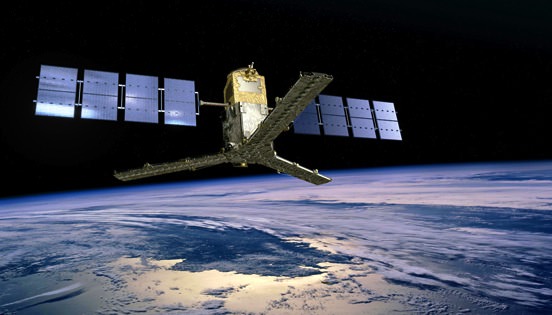Researchers have found a new method to predict disastrous floods up to 11 months in advance, based on satellite monitoring of minute changes in the gravitational field of river basins.
Scientists measured how much water was stored in a river basin months ahead of the spring flood season.
“Just like a bucket can only hold so much water, the same concept applies to river basins,” lead study author J.T. Reager, earth scientist at the University of California, Irvine, was quoted as saying.
The scientists relied on NASA’s twin GRACE satellites to predict a region’s possible flooding.
They have found that when the ground is saturated, or filled to its brim, conditions are ripe for flooding.
Reager hopes his new method will eventually help forecasters prepare reliable flood warnings several months in advance.
The researchers looked back in time using satellite data and measured how much water was soaking the ground before the 2011 Missouri river floods.
The scientists found their statistical model strongly predicted this major flood event five months in advance. With less reliability, the prediction could be extended to 11 months in advance, the researchers said.
However, the method is inadequate to predict flash floods caused by sudden rains, such as India’s monsoonal flooding, Reager said.
Also, now there is a three-month lag before the researchers can obtain data from the GRACE satellites, which means potential flood predictions using this method are limited to only two or three months in advance, Live Science reported.
NASA is, however, working on ways to speed up its data delivery to 15 days, Reager added.
Agencies/Canadajournal
 Canada Journal – News of the World Articles and videos to bring you the biggest Canadian news stories from across the country every day
Canada Journal – News of the World Articles and videos to bring you the biggest Canadian news stories from across the country every day



